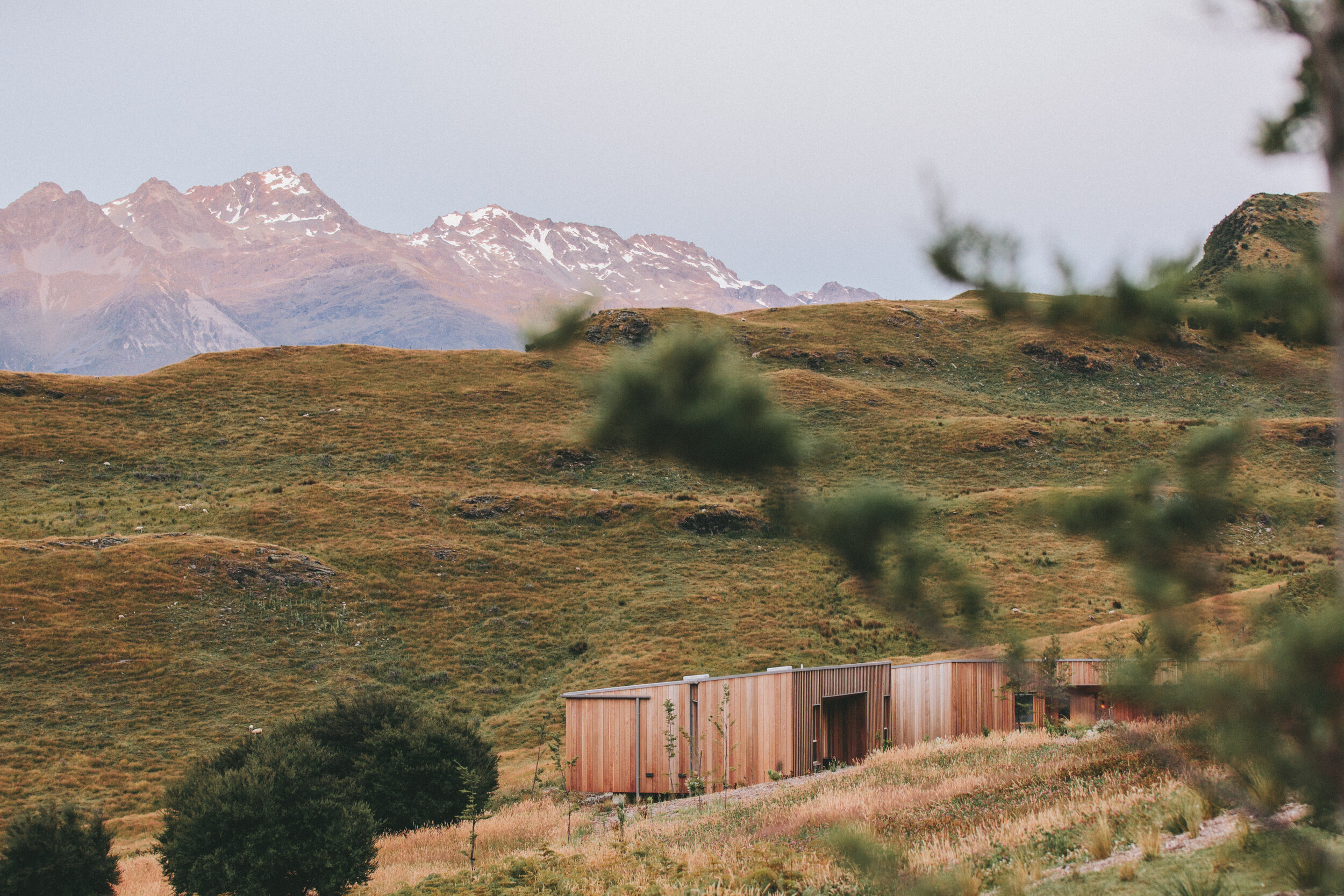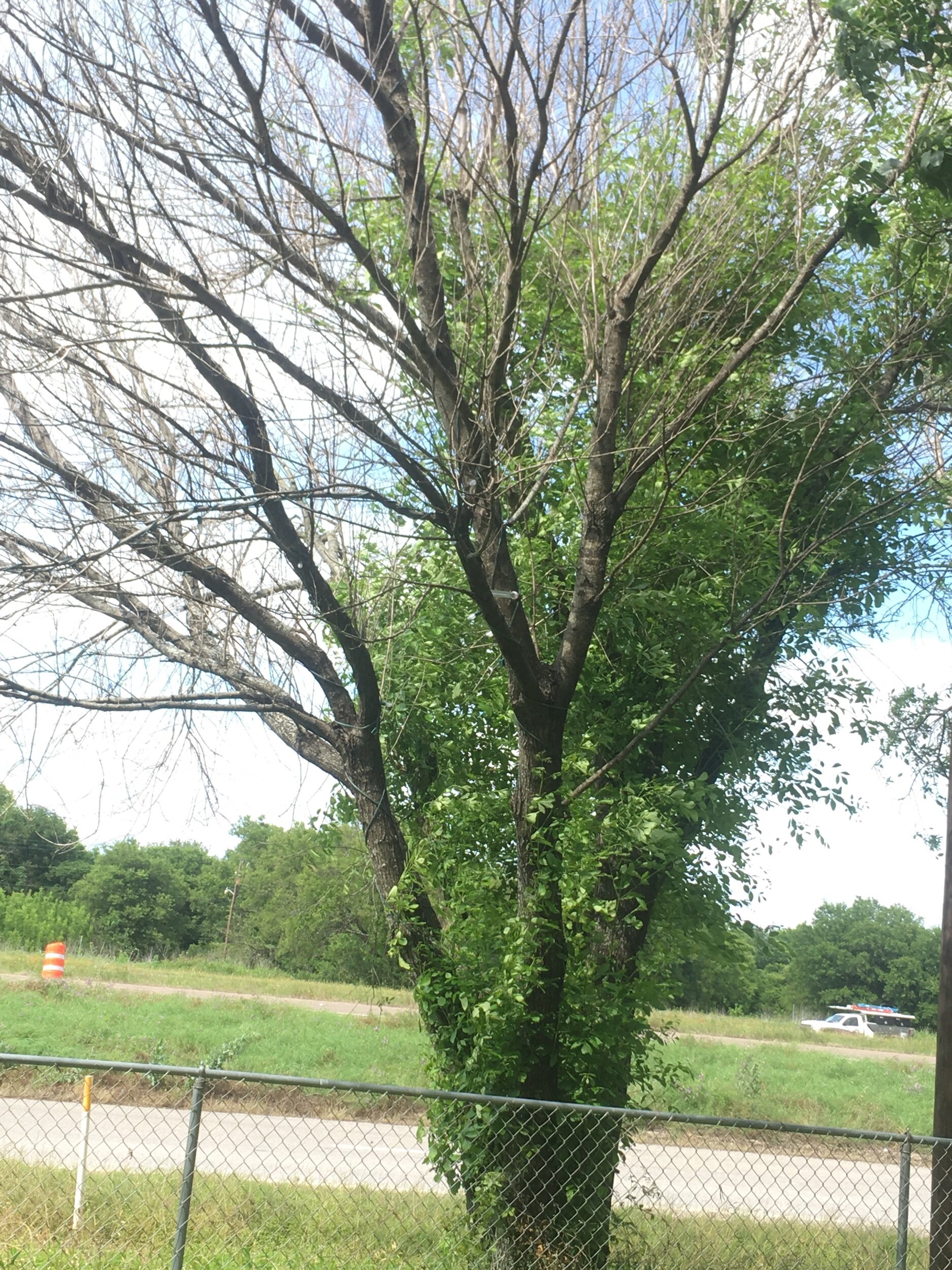Blog on a Log
The Research and Writings of ISA Certified Arborist Nicholas Hansen
A New Threat Emerges:
Sooty Bark Disease
What is Sooty Bark Disease?
Short answer, a disease caused by the fungus Cryptostroma corticale. Sooty bark disease mostly infects trees in the Acer (Maple) genus, but has recently been reported as infecting other genera as well. Due to hotter and longer drought periods recorded recently around the world, this disease has been appearing in more areas. It is a rather newly discovered disease that has very little, and often conflicting documentation which has led to some confusion. It is currently unclear whether sooty bark disease is actually showing up in new places or rather it is merely being confirmed to be in more areas than previously thought. What is known for certain is that it tends to spread more easily following record heat waves as it kills its hosts and spreads to new ones once they succumb to the overwhelming stress of drought and excess heat. Stressors such as flooding, high nitrogen oxide concentrations, and unfavorable onsite conditions can also play a factor.
Photo courtesy of Dr. Wolfgang Prüfert (German Mycological Society, DGfM e.V.)
What does it look like?
After a tree becomes infected with the fungus, it will begin with killing the twig that was the point of infection. As sooty bark disease travels down the branch, more twigs and soon branches will die as well, in a linear pattern. The fungus kills the bark and causes it to blister. Soon after, the bark will slough off, often in rectangular sections and later on in long black stripes. There are gray masses beneath where the bark was that blacken with age to look like soot, which is how the disease gets its name. Oftentimes small cankers will appear on the trunk of the tree. A heavily infested tree may have wilted leaves in all or part of its canopy. If the tree is cut, the cross-section of the wood will reveal an irregular yellow-brown stain with greenish margins. Many of these symptoms are shared with other diseases, so it can be difficult to distinguish for certain without having a diagnosis from a lab to confirm.
Why is Sooty Bark Disease in the News?
The Seattle Times featured an article about sooty bark disease on their Sunday cover on July 11th, 2021. As stated in the article, 46 trees at the time had been confirmed to have the disease, which is the first time the disease has been reported outside of Europe. Additionally, it has been found in several species that previously had not had a recorded case, such as big leaf maple, horse chestnut, Japanese maple, and Pacific dogwood. More and more research is being done on the disease and the results indicate that in addition to currently being a death sentence for any tree it infects, the spores can be quite debilitating to human lungs. If left unchecked, many city trees could die and many people could be exposed to the hazardous conditions brought from the spores.
Where Did it Come From?
The fungus is thought to be native to the Great Lakes Region of North America where it was first documented in 1889. It was reported in 1932 to have caused lung disease in five lumber workers in Michigan after they had worked with contaminated maples. In 1945, the fungus showed up in England, believed to have been carried inside of contaminated lumber. Sooty bark disease is currently well established in England, France, Germany, and Austria. Countries that have more recently begun to have outbreaks include Switzerland, the Netherlands, Bulgaria and the Czechia, Belgium, Italy, and Canada. There are conflicting opinions on whether the recent sightings in Seattle (which started in 2019) are the first cases in North America or if previous cases in Wisconsin and Michigan are the first. To add further confusion, sooty bark disease was recorded in eastern Washington in 1969. What seems to be causing the discrepancies is a combination of mislabeling what role the fungus plays in the trees and the very limited occurrences in which cases were documented and studied.
What Species of Trees are Affected?
Sycamore maples were the first trees to have been documented with having the disease and have also been the most common thus far to serve as a host. It has been seen in other trees in the Acer (maple) genus, such as Norway and red maples. As of the writing of this article, sooty bark disease has also been confirmed in field maple, big leaf maple, Japanese maple, box elder, Pacific dogwood, horse chestnut, the Betula (birch) genera, Tillia (basswood) genera, and possibly in narrow-leaf cottonwood
Photo courtesy of Dr. Wolfgang Prüfert (German Mycological Society, DGfM e.V.)
Who is at Risk?
Anyone with prolonged exposure to the spores is at risk. The general passerby of an infected tree should not be affected unless they have a severe allergy to the fungal spores. Papermill workers, loggers, sawyers, forestry workers, and arborists are at the highest risk. Processing infected wood can lead to very high amounts of exposure to the tiny spores if proper personal protective equipment is not worn. The spores can enter through the eyes or lungs of workers and can cause severe asthma, hypersensitivity pneumonitis, and maple bark disease (also known as maple bark strippers disease). It is widely assumed that maple bark disease is under-diagnosed or misdiagnosed as it shares symptoms with many other lung ailments. These symptoms include shortness of breath, wheezing, coughing, fatigue, fever, night sweats, and weight loss. The only way to confirm having maple bark disease is to get a lung biopsy to confirm that the spores of Cryptostroma corticale are present. It has been shown that symptoms improve once exposure is eliminated.
What Personal Protective Equipment (PPE) is Necessary?
If working with a tree that is suspected or confirmed to be host to sooty bark disease it must be sectioned off so that the general public cannot be nearby during the removal process. All workers shall have goggles, respirators, protective suits with hoods, protective gloves, and closed shoes or boots that are easy to clean. It is recommended that the work be done with machines rather than saws to keep workers as distant as possible to the spores. The work is best to be performed during wet conditions to limit the drift of spores. Any tree with sooty bark disease should be removed, so as to limit the spread of the disease. If the tree needs to be transported from the removal site, it should be covered during transport to prevent spores from spreading. The wood is not suitable to be stored as firewood and the entire tree should be incinerated if possible.
What Can Be Done?
As of right now, there is no treatment for sooty bark disease. Therefore, any tree that has been confirmed to be infected with the disease should be removed by professionals using proper personal protective equipment as listed above. It is believed that the number of trees currently infected with the disease is far greater than what has been reported, due to the fact that the disease can lay dormant in healthy trees or during cooler weather conditions. One study showed that average temperatures remaining above 73.4℉ greatly increases the rate at which the fungus grows. This is of concern because as of 20 years ago, at least 18 states in the U.S. were averaging those temperatures during the months of June, July, and August. The disease seems to target trees that are suffering from several stressors, especially drought stress. The longer a tree has suffered from drought stress, the more susceptible it is. This is concerning considering that many of the trees in the urban environments across the country are very stressed, particularly drought-stressed. It is for this reason that proper water and soil management are the two best preventive measures that can be taken against sooty bark disease. Since sooty bark disease is a newly emerging threat, an immensely helpful contribution anyone can give is to know the symptoms of the disease and report suspected infected trees to their local tree experts so that containment measures can be taken.
Note:
All common names of trees will have their scientific names listed in the footnotes in order of appearance
Footnotes
Sycamore Maple Acer pseudoplatanus
Maple Genus Acer spp.
Norway Maple Acer platanoides
Red Maple Acer rubrum
Field Maple Acer campestre
Big Leaf Maple Acer macrophyllum
Japanese Maple Acer palmatum
Box Elder Acer negundo
Pacifc Dogwood Cornus nuttallii
Horse Chestnut Aesculus hippocastanum
Narrow-leaf Cottonwood Populus angustifolia
Birch Genus Betula spp.
Basswood Genus Tillia spp.

Like This Article?
Follow us, so you never miss a beat.

July 2021
M is for Myrtle, Not Murder
By Nicholas Hansen
Certified Arborist License #- PN-9090AU
July 4th, 2021
Crape myrtle (Lagerstroemia) is a flowering ornamental tree with around 50 different species and hundreds of individual varieties. They can range from one foot tall to over one hundred feet tall, however, most are small to medium-sized and have multiple trunks. Commonly found in gardens and yards across the southern and western United States, crape myrtles have highly desirable flower and bark displays. The roots are considered non-destructive to nearby structures and they are relatively easy to care for….

June 2021
My Tree Looks Like Ash
By Nicholas Hansen
Certified Arborist License #- PN-9090AU
June 8th, 2021
In mid-February 2021, Texas was hit with historic Winter Storm Uri that brought ice, snow, and bitter cold across the state only days after 80-degree weather had nestled into the region. Due to the hot start to the year, many of the local trees were already in the process of budding, trying to get an early jump on the growing season. Many species, including oak, ash, and elm were hit especially hard by this event and the consequences are in plain sight……..


